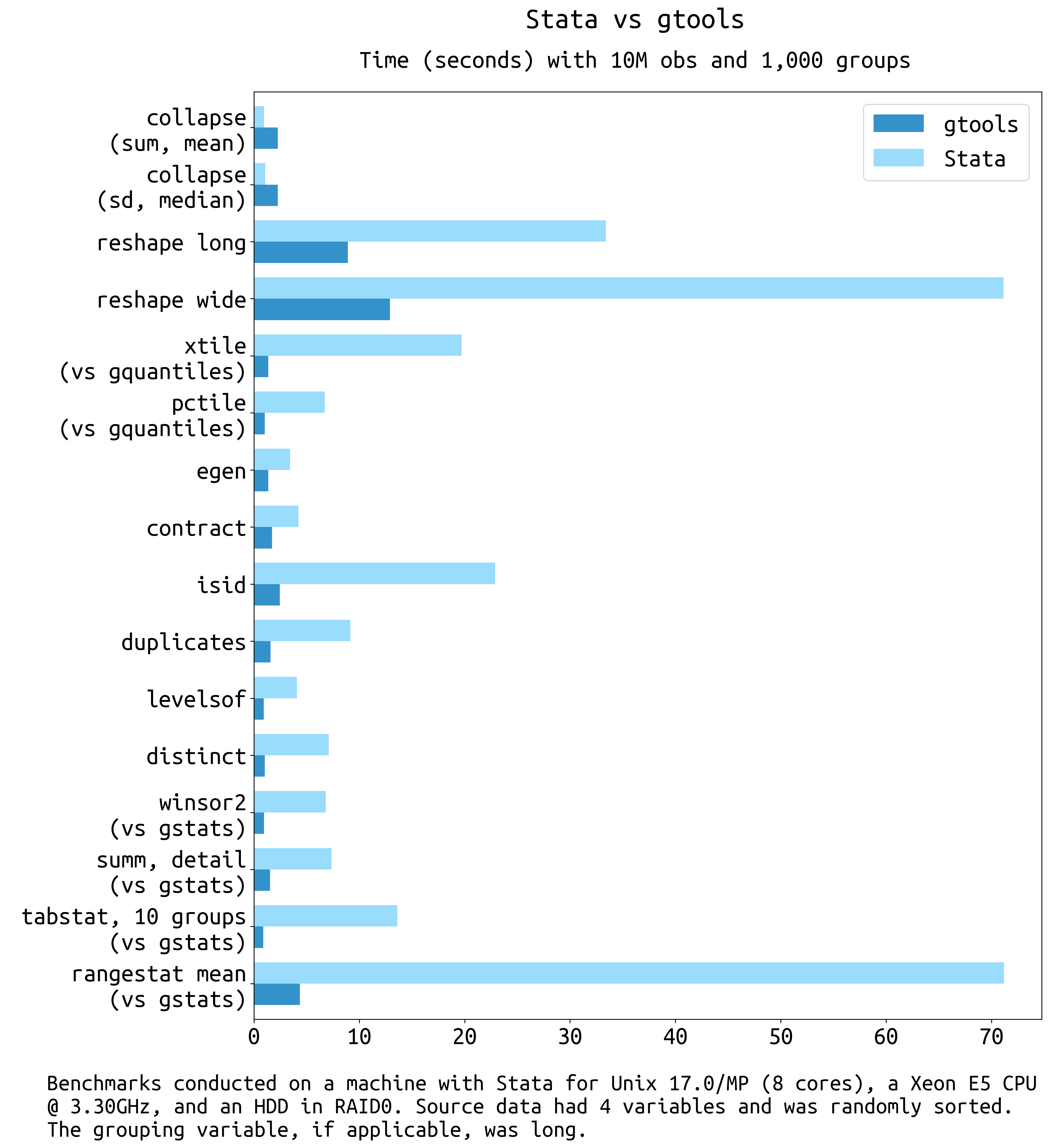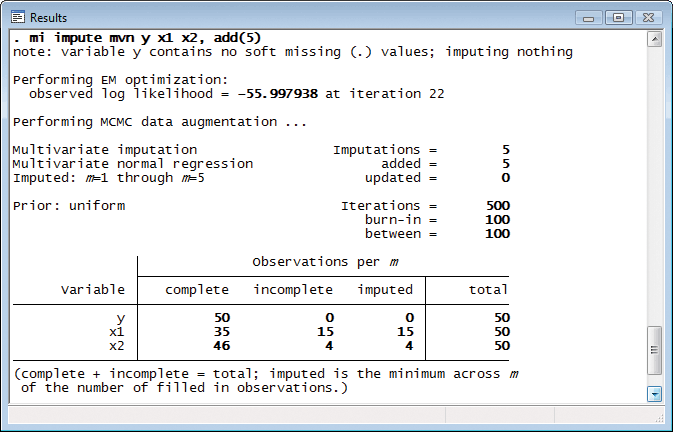

Melt() function in R gets the table name and the list of columns to be kept constant (countries) is passed as argument in order to reshape from wide to long as shown below. Wide to long using melt() function in R : So the resultant dataframe is reshaped from long to wide # long to wide using spread() function of tidyr packageĭata_wide = spread(data_long, details, Value) gets the table name and the list of columns (detail,value) to be reshaped from long to wide as shown below. Long to wide using spread() function in R using tidyr package: So the resultant dataframe is reshaped from wide to long # reshape in R from wide to long exampleĭata_long = gather(country, detail, value, population_in_million:gdp_percapita, factor_key=TRUE) gets the table name and the list of columns (population_in_million:gdp_percapita) to be reshaped from wide to long as shown below. Wide to long using gather() function in R using tidyr package: You can also refer melting and casting in R We have reshaped our sample data from long to wide format in R timevar are the variables that needs to converted to wide format.idvar is the variable which need to be left unaltered, which is “countries”.data (country_w_to_L) which is in long format, is passed to reshape function.
#Reshape long stata code
This can be accomplished with below code # reshape in R from long to wide exampleĬountry_L_to_w <- reshape(data=country_w_to_L,idvar="countries", We will reshape the above data frame from long to wide format in R as shown below We have reshaped our sample data from wide to long format in R direction is, to which format the data needs to be transformed.is used to assign row names to the resultant dataset.v.names are the values that should be against the times in the resultant data frame.varying are the ones that needs to converted from wide to long.idvar is the variable which need to be left unaltered which is “countries”.data frame “country” is passed to reshape function.Times=c("population_in_million","gdp_percapita"), Varying = c("population_in_million","gdp_percapita"), This can be accomplished with below code # reshape in R from wide to long exampleĬountry_w_to_L<- reshape(data=country, idvar="countries", The above data frame is already in wide format. We will reshape the above data frame from wide to long format in R. Let’s create a simple data frame to demonstrate our reshape example in R. Reshape from long to wide using reshape(), spread() and dcast() functionĭata used for Reshaping from wide to long:.Reshape from wide to long using reshape(), gather() and melt() function.Reshape from long to wide in R is also achieved using spread() and cast() function. Reshape from wide to long in R is also achieved using gather() and melt() function. We have discussed melting and casting in R which is another way of transforming data. Reshape in R – reshape(), is one of the efficient function to transform the data. (you can have more than one).Reshape function in R transforms the data from wide to long and also transforms back the data from long to wide.

I(ID) tells Stata that ID is the identifier The text WEIGHTĬALORIES indicates the variables to be converted, and Restructure data from wide format to long format wide

In the above code, long tells Stata that you want to To convert data from the long to the wide format, enter: reshape wide WEIGHT CALORIES, i(ID) j(TIME) To convert data from the wide to the long format, enter: reshape long WEIGHT CALORIES, i(ID) j(TIME) The wide format uses one row for each observation or participant: ID weight1 weight2 weight3 calories1 calories2 calories3 The long format uses multiple rows for each observation or participant: ID WEIGHT CALORIES TIME Two outcome variables (weight and calories), under three different The following example data contains two participants measured on Stata reshape command can convert the data files between Information here may no longer be accurate, and links may no longer be available or reliable.įollowing are two different ways to set up repeated measures data.

This content has been archived, and is no longer maintained by Indiana University.


 0 kommentar(er)
0 kommentar(er)
